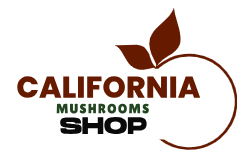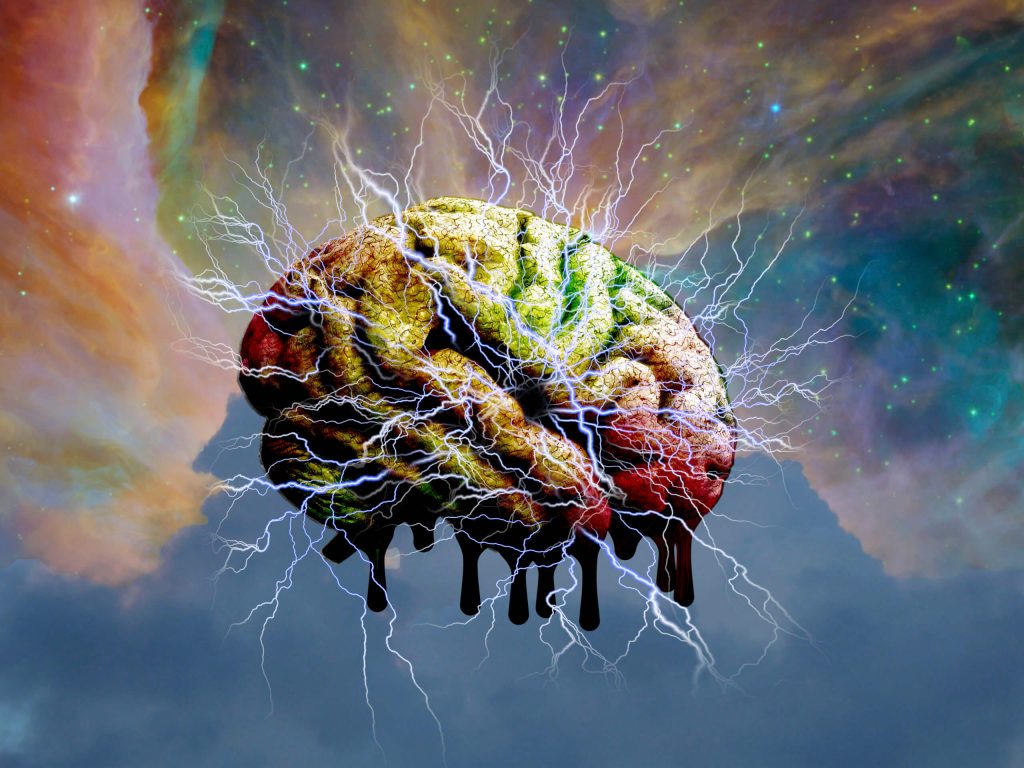Blog
What Is The Best Psychedelic For Mental Health
Drugs that are best psychedelic for mental health can cause altered mental states that affect sensory input, perception, and cognition. They lack widespread legal acceptance and are traditionally known for their recreational use. But psychedelic substances are also increasingly being investigated for their potential as a form of medicine (particularly for mental health).
Learn more below concerning how certain psychedelics can—and cannot—be used for mental wellness.
What are Psychedelic Drugs?
The most studied psychedelic compound is psilocybin (4-phosphoryl oxy-N, N-dimethyltryptamine), which is being investigated as a treatment for melancholy, cancer-related suffering, and various addictions.
Certain fungi in the United States, Mexico, and South America contain psilocybin, sometimes called “magic mushroom mental health.” It is being investigated as a treatment for depression, cancer-related suffering, and various addictions. It is considered the psychedelic substance that has been the subject of the most study.
In psychedelic treatment, conditions like depression and post-traumatic stress disorder are treated with substances and plants that can cause hallucinations (PTSD). Psilocybin mushrooms, LSD, and mescaline are a few of the substances that medical professionals most frequently employed in this type of therapy (peyote).
What is the Most Famous Psychedelic Mental Health Treatment?
LSD. Lysergic acid diethylamide (LSD), also known as acid, is one of the first psychedelic drugs commonly used. LSD is a very potent psychedelic that is semi-synthetic. Meaning it combines both natural and artificial substances.
Can Psychedelics and Mental Health?
Their active molecules bind with the body’s receptors for serotonin – the ‘feel good’ neurotransmitter. Conventional antidepressants work along similar lines. However, when paired with therapy, psychedelics appear to stave off mental health disorders for longer – for some, perhaps even forever.
How do Psychedelic Drugs Help Mental Health?
Researchers think that chemical imbalances in the brain cause signs of mental disease. But the medicine addresses these imbalances to lessen or occasionally eliminate your symptoms.
What are the Strongest Benefits of Psychedelics?
As a result, it was the first specific medication to focus on a specific psychiatric condition. With a greater than 70% reaction rate for patients with bipolar disorder, lithium continues to be the most successful drug in all of psychiatry more than 70 years after its discovery.
What is Psychedelic Medicine Used for Therapy?
Psychedelic therapy (or psychedelic-assisted therapy) guides the proposed use of psychedelic drugs, such as psilocybin, LSD, MDMA, and ayahuasca, to treat mental disorders.
How Does Psychedelic Therapy Work?
When available, psychedelic treatment should be carried out and monitored by medical experts skilled in the relevant modalities.
According to Steven Radowitz, M.D., the medical head of Nushama Psychedelic Wellness in New York, a consultation with a doctor or psychiatric nurse practitioner is the first stage in psychedelic therapy. You will discuss your medical and mental health background, prescription drugs and treatments, and session objectives.
Before a session, the provider should prepare you for the experience, including explaining what you might feel or want to work on mentally or emotionally while feeling the drug’s effects.
Except for ketamine, most psychedelic drugs are classified as Schedule I drugs at the federal level. But the U.S. Drug Enforcement Administration believes they have no recognized medical use and a high potential for abuse. (DEA). Although some states and localities are moving toward more accepting laws around certain psychedelics, they are still illegal to make, sell, possess, or use.
Types of Psychedelics
Recreational use of psychedelic substances includes imbibing, snorting, injecting, and smoking. Contrarily, most research studies administer psychedelics as pills to guarantee their purity and permit consistent dosing—both are industry norms for clinical tests of medications and treatments. Additionally, taking psychedelic substances orally is much safer than smoking or injecting them.
Well-known psychedelic medicines presently being investigated include psilocybin, LSD, ketamine, MDMA, and peyote.
Ketamine
Ketamine is the most-studied psychedelic drug for mental health therapy. In low doses, it has shown to be beneficial in numerous trials exploring its potential to treat depression, but its effects are short-lived.
For people with severe depression, for example, researchTrusted Source shows significant improvement after treatment, and results last about 6 to 8 weeks, on average.
These findings have led to the development of a drug called Spravato. It’s a nasal spray that delivers the active ketamine ingredient. However, intravenous ketamine administration is considered more effective and less expensive.
MDMA
To help regulate bleeding, MDMA, also referred to as ecstasy or molly, was developed in Germany in 1912. In the 1970s, talk therapy, believed to improve dialogue, was combined with MDMA use. In the 1990s, research on MDMA’s possible pain-relieving effects in patients with terminal illnesses was conducted. (although the results of the studies were not released).
Additional research conducted by MAPS has revealed that MDMA can help people with PTSD feel less anxious, happier, and more pleasant while enhancing their confidence and alertness. In one small study, compared to 60% of placebo participants, 88% of participants with severe PTSD reported a “clinically significant reduction in PTSD [symptoms] two months after their third session of MDMA-assisted therapy.”
Ketamine and Esketamine
The FDA authorized ketamine, a substance on Schedule III, as a tranquilizer in 1970. Vivid images and “mystical and peak” experiences are just a few of the psychedelic effects it can produce. Ketamine can be consumed as a powder, tablet, or nasal mist or injected intravenously or intramuscularly.
According to Dr. Radowitz, ketamine belongs to the family of psychedelic drugs known as arylcyclohexylamines. It raises amounts of a different neurotransmitter, glutamate, by acting on the NMDA receptor, which has been connected to memory loss and disease development.
Dr. Radowitz adds, “The effects of a ketamine infusion for therapy are felt within a few minutes and can last hours to weeks. Deep relaxation, a feeling of comfort and serenity, and altered consciousness are all effects. (feeling separated from your body, experiencing vivid daydreams, visual patterns, or revisiting past experiences).
LSD
Turn on, listen in, and then turn off. But the song “Lucy in the Sky with Diamonds” Microdosing in Silicon Valley. Let’s say that LSD, also referred to as acid, has a rich history in American popular culture.
Potential mental health uses: It has been researched for other conditions like depression and has shown potential in the treatment of alcohol addiction. Like with psilocybin, some recent LSD users take microdoses to get the advantages for their mental health without getting high.
Psychedelics To Treat Mental Health Side Effects
Some of the most common side products of psychedelics include:
- Altered sense of time, such as the feeling that time is given by slowly
- Anxiety or fear
- Nausea
- Fast heart rate
- Increased blood pressure
- Mild headaches
- Intensified sensory adventures, such as seeing colors that are brighter than usual
Anybody’s danger has a panic attack during a “bad trip,” Johnson continues. However, monitoring and a secure environment in clinical trials mitigate any possible risks.
Some psychoactive drugs carry the risk of addiction. More investigation is required to determine how addictive they might be in clinical contexts and the most effective preventative measures.
How Does Psychedelic Therapy Work in the Brain and Body?
Dr. Johnson says that all psychedelics produce a temporarily altered state of consciousness, but researchers believe these experiences may generate lasting effects when treating mental health.
There is proof that using psychedelics makes the brain more malleable or “plastic,” according to Johnson.
According to Kelley O’Donnell, MD, Ph.D., an assistant professor of psychiatry at the NYU Grossman School of Medicine and a researcher at the NYU Langone Center for Psychedelic Medicine, “psychedelic medicines allow patients to access parts of themselves that are usually inaccessible.”
Dr. O’Donnell explains, “A human brain is fundamentally a learning machine. But it derives its power from its capacity to learn and recognize patterns and use those ways to predict the future. Psychedelics make that pattern much more flexible, allowing you to reopen a development period. Even after the psychedelic knowledge, you can make choices and establish new patterns.”
How each psychedelic drug impacts the brain and body depends on the drug category to which it belongs.
Serotonin, a chemical in the brain that controls mood, senses, sleep, appetite, and sexual behavior, is interfered with by traditional hallucinogens like psilocybin, LSD, and peyote.
The brain chemical glutamate, which controls pain perception, emotion, learning, memory, and responses to your surroundings, is impacted by dissociative psychedelics like ketamine. According to Johnson, MDMA is an entactogen that affects the brain by releasing serotonin into the gaps between brain cells.


